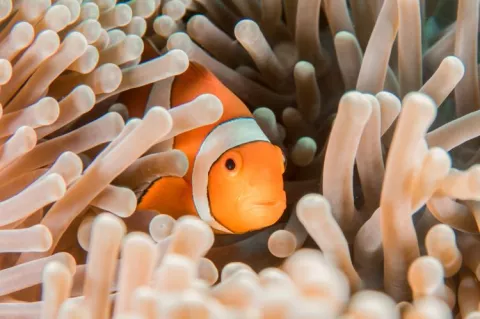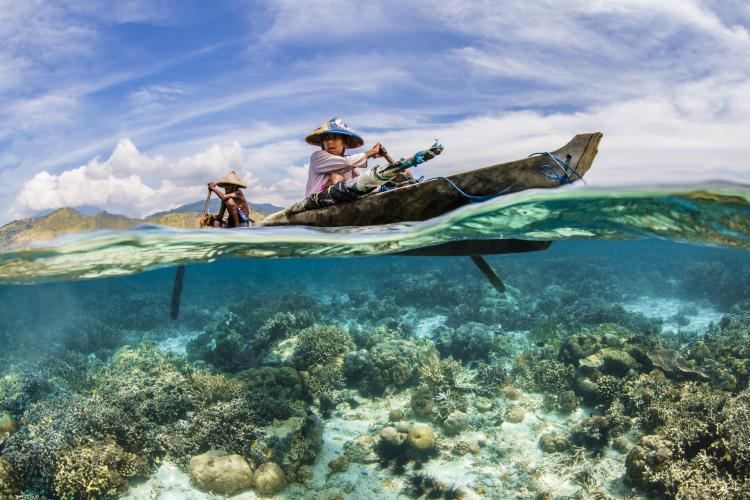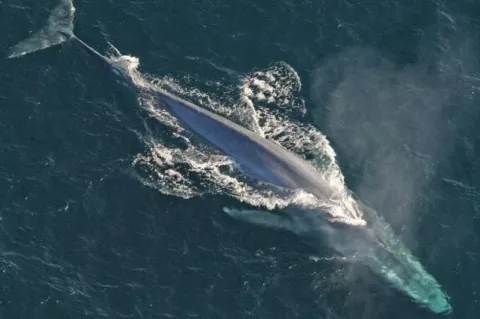No artificial lights for Nemo, please!
Scientists have discovered that clownfish living closer to shore die sooner than their counterparts found farther offshore due to the difference in the amount of artificial-light exposure.
The more artificial light they were exposed to, the higher the mortality rate.
The study focused on the reefs around Moorea in French Polynesia. It involved exposing 42 juvenile clownfish to either artificial light at night (ALAN) or natural light (meaning, moonlight!) in the lagoon. Each of the 42 territories had a magnificent sea anemone.






